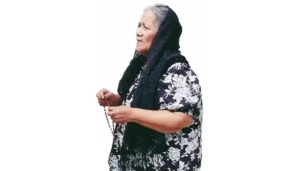
Women and Religion in CHamoru/Chamorro Society
This video was presented at Guampedia’s CHamoru Heritage Series, 5 December 2012, Latte of Freedom Hall of Governors, Ricardo J. Bordallo Governor’s Complex, Adelup.

This video was presented at Guampedia’s CHamoru Heritage Series, 5 December 2012, Latte of Freedom Hall of Governors, Ricardo J. Bordallo Governor’s Complex, Adelup.
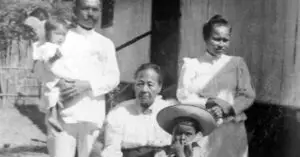
This speech was presented at Guampedia’s CHamoru Heritage Series, 24 October 2012, Latte of Freedom Hall of Governors, Ricardo J. Bordallo Governor’s Complex, Adelup.
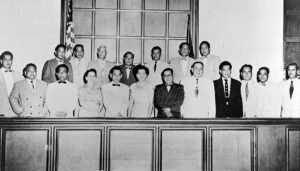
This speech was presented at Guampedia’s Chamorro Heritage Series, 7 November 2012, Latte of Freedom Hall of Governors, Ricardo J. Bordallo Governor’s Complex, Adelup.

This speech was presented at Guampedia’s Chamorro Heritage Series, 5 December 2012, Latte of Freedom Hall of Governors, Ricardo J. Bordallo Governor’s Complex, Adelup.
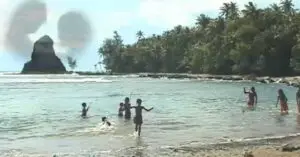
Mother of the Chamorro people. Fo’na is the female protagonist of the Chamorro/CHamoru creation myth. In the story, Fo’na (also spelled Fu’una) along with her
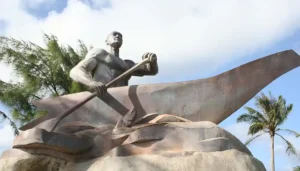
Once upon a time, a long time ago, on the island of Guahan in the Mariana Islands there lived two manmaga’låhi (chiefs) named Malaguana and
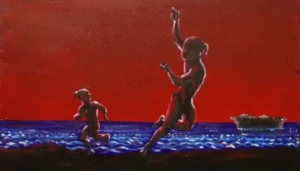
Back in the ancient days, giants with supernatural strength inhabited the Mariana Islands.
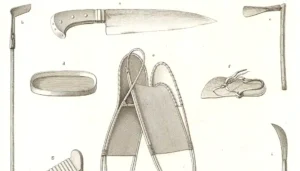
The matao fashioned the iron they acquired from trading with visiting ship crews into traditional tools, including punches, drills, fish hooks and adze blades. The

Between 1565 and 1665, Guam’s southwest coast received sporadic visits from Spanish vessels, including the first wreck of a trade galleon (San Pablo, 1568), as
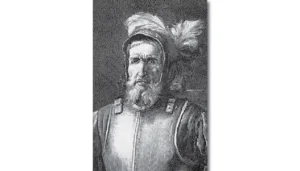
Members of the matao, the highest-ranking strata of Mariana Islands society in the 16th and 17th centuries, carried on the first sustained cultural interaction and